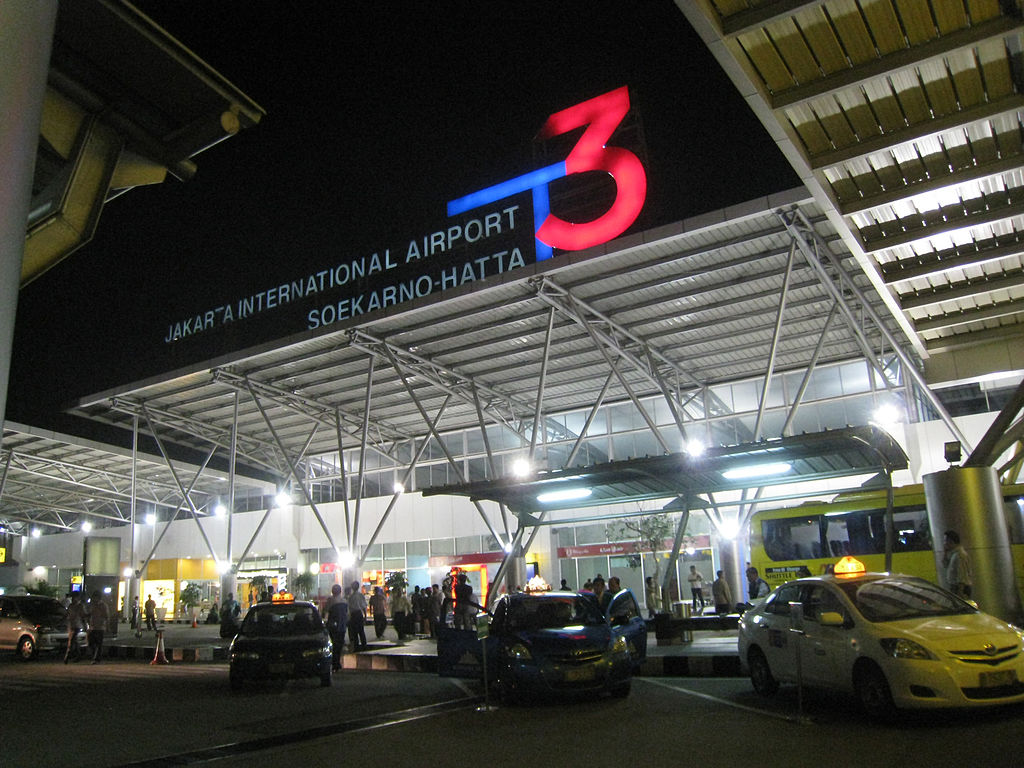Qantas joins Jakarta airport exodus
08 May, 2018
2 min read


Qantas has become the latest carrier to join the exodus to Jakarta’s Soekarno-Hatta International Airport’s Terminal 3 as authorities prepare to move all international airlines to the new facility by the end of July.
The Australian carrier, which currently operates from Terminal 2, says it will make move on May 11 along with partner airline Jetstar Asia to give passengers a more seamless travel experience.
Qantas operates four to six Sydney-Jakarta flights a week using an Airbus A330-200 aircraft.
It currently departs from Terminal 2 which is destined to become a domestic terminal.
READ: Qantas halts Perth international route expansion plans.
Qantas said the new terminal offers more space and an improved environment with bigger check-in areas as well as a larger range of cafes, restaurants and retail outlets.
There will be no change to flight schedules or check-in times but customers booked to and from Jakarta after May 11 will receive an updated email itinerary.
"Customers will continue to be eligible for lounge access if they are booked for travel in Business class, or have Qantas Platinum One, Platinum or Gold Frequent Flyer status (or oneworld equivalent),’’ the airline said.
“Qantas Club members are also eligible for entry. Directions to the lounge at the new terminal will be available at the check-in counter.”
Carriers already operating from terminal 3 include Garuda Indonesia, Saudi Arabian Airlines, Vietnam Airlines, Korean Air, XimaenAir, China Airlines, China Southern, AirAsia, Malaysia Airlines and Thai Airways International.
Terminal 3 was opened in August, 2016 and cost $US600m.
The move by international carriers is part of a wider plan by the airport to boost capacity to 100 million passengers by 2025.
Airport operator Angkasa Pura II is in the process of acquiring land for a third runway as part of a $US189m project designed to increase aircraft movements from 81 an hour to 114, according to The Jakarta Post.
The paper said APII was constructing the first phase of an east cross taxiway to connect the existing north and south runways and boost movements to 86 per hour.
Get the latest news and updates straight to your inbox
No spam, no hassle, no fuss, just airline news direct to you.
By joining our newsletter, you agree to our Privacy Policy
Find us on social media
Comments
No comments yet, be the first to write one.

